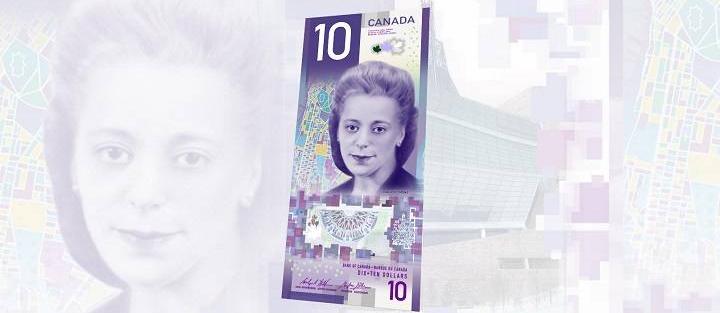
Viola Desmond
Black History on Prince Edward Island
By Dale Amundson, Editor, SeniorsPEI.ca, February 2, 2019
Again this year there is a paucity of events related to Black History Month. A few related events at public libraries – one at each of 5 libraries and a second event at the Confederation Centre Public Library. The only listing related to Black History Month on the PEI Government website is of these events. Even the Black Cultural Society of PEI facebook page has nothing more to offer.

One wonders if there is a belief that there is no black history on Prince Edward Island. Nothing could be farther from the truth. Not only is there a black history, there is also a history of slaves and slave ownership. Some of Prince Edward Island’s most prominent residents were slave owners.
Under French rule, it was legal to own slaves on Île St.-Jean. However, the first record of enslaved Africans was in 1784 when 16 “negro servants” arrived with the Loyalists; by 1785 there were almost 100. After 1799, when the name was changed to Prince Edward Island, there were enslaved Africans in Charlottetown and Summerside. In PEI, perhaps due to the small number, enslaved Africans were allowed to be baptized and to marry legally. The wealthy owned enslaved Africans, including businessman William Shurman and the Lieutenant-Governor Edmund Fanning.
Many people are not aware that there were black people on Prince Edward Island in the 19th century, but there were. A black community known as The Bog, developed around Euston and Rochford streets in Charlottetown, near Government Pond, in the 1800s.
Most of the descendants of these black Islanders have been assimilated into the population and are no longer a visible minority. There are black people in thousands of families, from one end of the Island to the other.
In 2014, as part of the celebration marking the 150 anniversary of the Charlottetown Conference, a stage production called Tales from the Old Stock: Stories and Songs of P.E.I Black History was performed at the 2014 Celebration Zone. It chronicled some of the missing pieces of Island history through skits and storytelling, as reported in the Guardian at the time.

Historian Bruce Ziff maintains that the first “abolitionist statute” in the Empire was Prince Edward Island’s 1781 act regulating slavery. The only statute in the post-revolutionary, second British Empire to regulate slaves explicitly. A detailed academic analysis of slavery on Prince Edward Island in the article Slave Life and Slave Law in Colonial Prince Edward Island, 1769-1825 by Harvey Amani Whitfield provides some compelling information, along with detailed footnotes and a bibliography. A list of known slave names or identities exists in the appendix of the article.
The 1781 act regulating slavery was abolished in 1825 by an act of the Legislature. By that time there were no slaves remaining on the island.
Those of us who care that the history of Prince Edward Island is represented honestly and inclusively look forward to the time when the Government is willing to commit resources sufficient to bring awareness of the meaning and importance of Black History Month, and black history generally to everyone on the Island.
